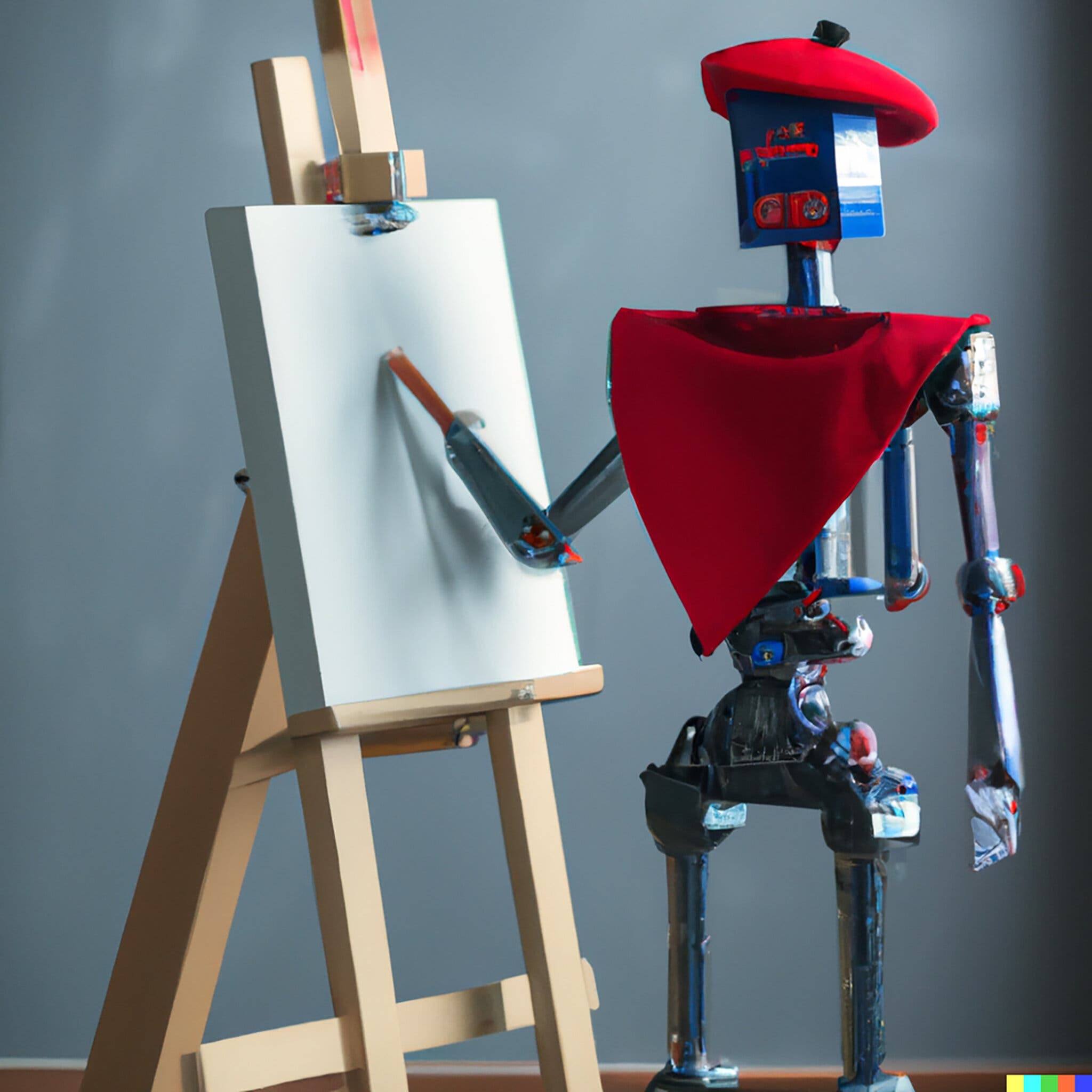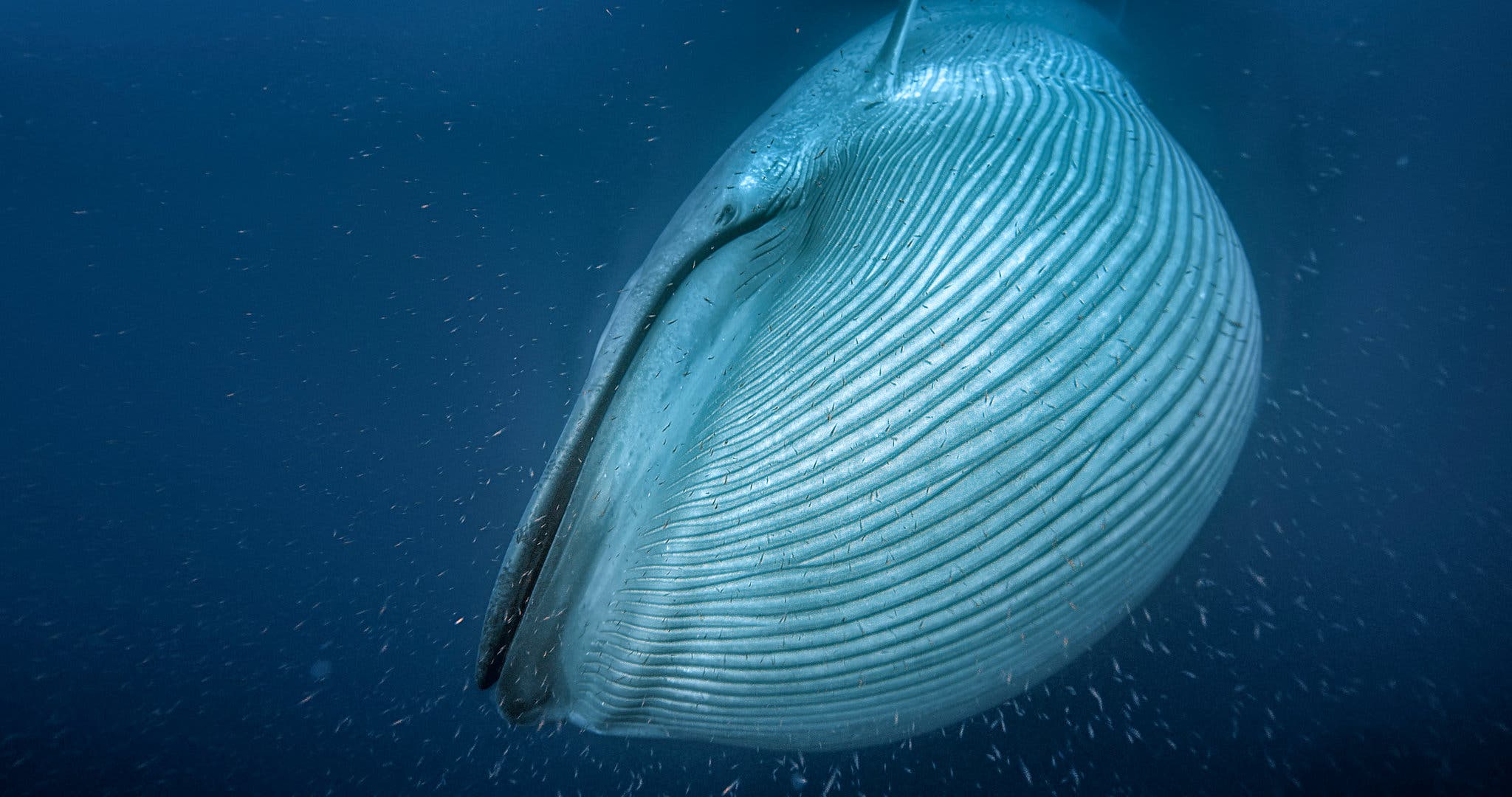我们通过发表论文来表彰学生 STEM 写作比赛的前 10 名获奖者。这是 Siwen Cui 的作品。

冠状病毒大流行凸显了我们嗅觉的重要性
这篇来自康涅狄格州肯特 Kent学校的 Siwen Cui,18 岁的文章是学习网络第四届年度 STEM 写作比赛的前 10 名获奖者之一,我们收到了 3,000 多份参赛作品。
What the Nose Knows: The Underappreciated Olfactory Sense
Which would you rather give up, your sense of smell or your hair? In a survey of about 400 American adults, 37.9 percent of respondents chose to give up their smell. When asked which sense — smell, hearing or vision — they would rather lose, 84.6 percent of the respondents picked smell. These statistics “dramatically illustrate the negligible value people place on their sense of smell,” wrote the authors of this research.
From an evolutionary perspective, olfaction is the oldest sense. It was pivotal for locating food sources, potential mates and predators, all of which assured the survival of early organisms. As urban structures were built as shelters from the harsh environment, the importance of olfaction seemed to diminish, such that we appear justified in considering smell a somewhat dispensable function. Nonetheless, this ancient sense deserves more appreciation.
Our understanding of the sensation and perception of smell was incomplete until the discovery of olfactory receptors in 1991. Now we know that when we take a whiff of fresh-brewed coffee, odor molecules from the coffee travel through our nostrils and bind to olfactory receptors in the nasal cavity, which then fire nerve signals to the olfactory bulb, where the stimulus of coffee’s smell is processed and relayed to the brain. Here is a fascinating fact about olfaction: Unlike vision, hearing, taste or touch, olfactory signals do not travel to the brain’s integration center (the thalamus) but rather take a direct route from the olfactory bulb to the cortex.
What are the implications of this unique neural pathway? Since the thalamus is not involved in olfactory signal transmission, the brain registers certain smells without our conscious awareness. More intriguingly, the olfactory bulb is embedded in the limbic system, which houses the amygdala and hippocampus, responsible for memory formation and emotional information processing. These structural and functional features of the human brain endow the olfactory sense with an extraordinary connection to emotive autobiographical memories.
In 2006, Johan Willander and Maria Larsson, researchers at Stockholm University, tested the evocative power of verbal, visual and olfactory stimuli on 93 elderly volunteers. Their results indicated that “odor-evoked memories were associated with stronger feelings of being brought back in time,” sparking autobiographical memories from the more distant past with more potent emotional effects, wrote Dr. Larsson. The sense of smell vividly connects us with our past and constitutes a unique dimension of the recollections that shape our identities.
The coronavirus pandemic highlighted the profound emotional value of olfaction and the oxymoronic public dismissal of its importance. Anosmia — the loss of olfaction — is a common symptom of Covid-19 infections that can persist after a few weeks or years. Victims of this sensual deprivation reported feeling vulnerable and isolated from both their surroundings and their past. Because olfaction is so frequently considered a minor sense, we often underestimate the gravity of olfactory disorders. It is thus important for us to recognize the serious impairment of mental well-being that anosmia may induce. Let us cherish and appreciate what our noses know.
Works Cited
Angier, Natalie. “The Nose, an Emotional Time Machine.” The New York Times, 5 Aug. 2008.
Coelho, Daniel H., et al. “Quality of Life and Safety Impact of Covid-19 Associated Smell and Taste Disturbances.” American Journal of Otolaryngology, 22 March 2021.
Herz, Rachel S., and Martha R. Bajec. “Your Money or Your Sense of Smell? A Comparative Analysis of the Sensory and Psychological Value of Olfaction.” Brain Sciences, 23 Feb. 2022.
Jarvis, Brooke. “What Can Covid-19 Teach Us About the Mysteries of Smell?” The New York Times Magazine, 28 Jan. 2021.
Sanders, Laura. “Covid-19 Gave New Urgency to the Science of Restoring Smell.” Science News, 29 Aug. 2022.
Walsh, Colleen. “What the Nose Knows.” The Harvard Gazette, 27 Feb. 2020.
Willander, Johan, and Maria Larsson. “Smell Your Way Back to Childhood: Autobiographical Odor Memory.” Psychonomic Bulletin and Review, April 2006.









